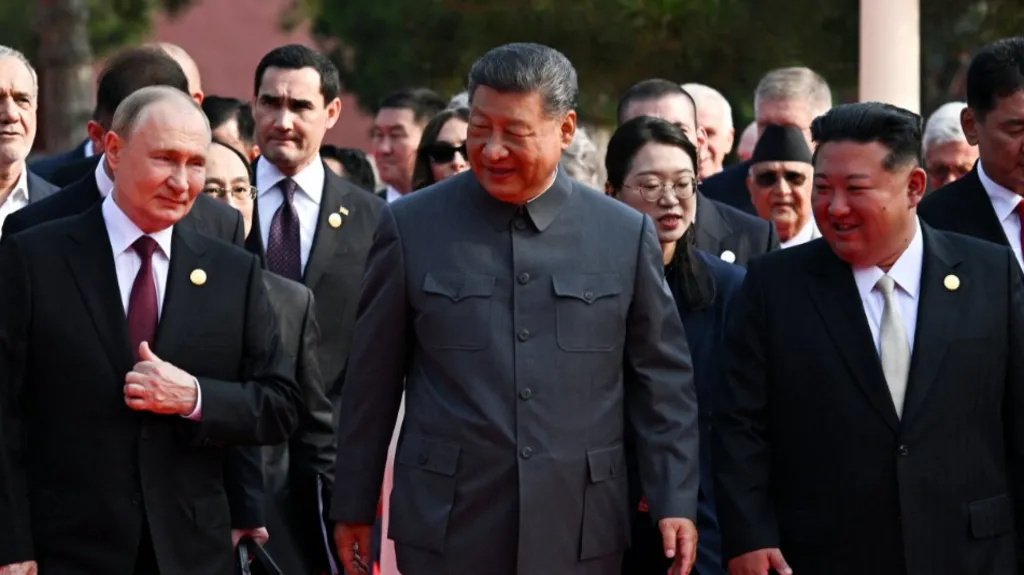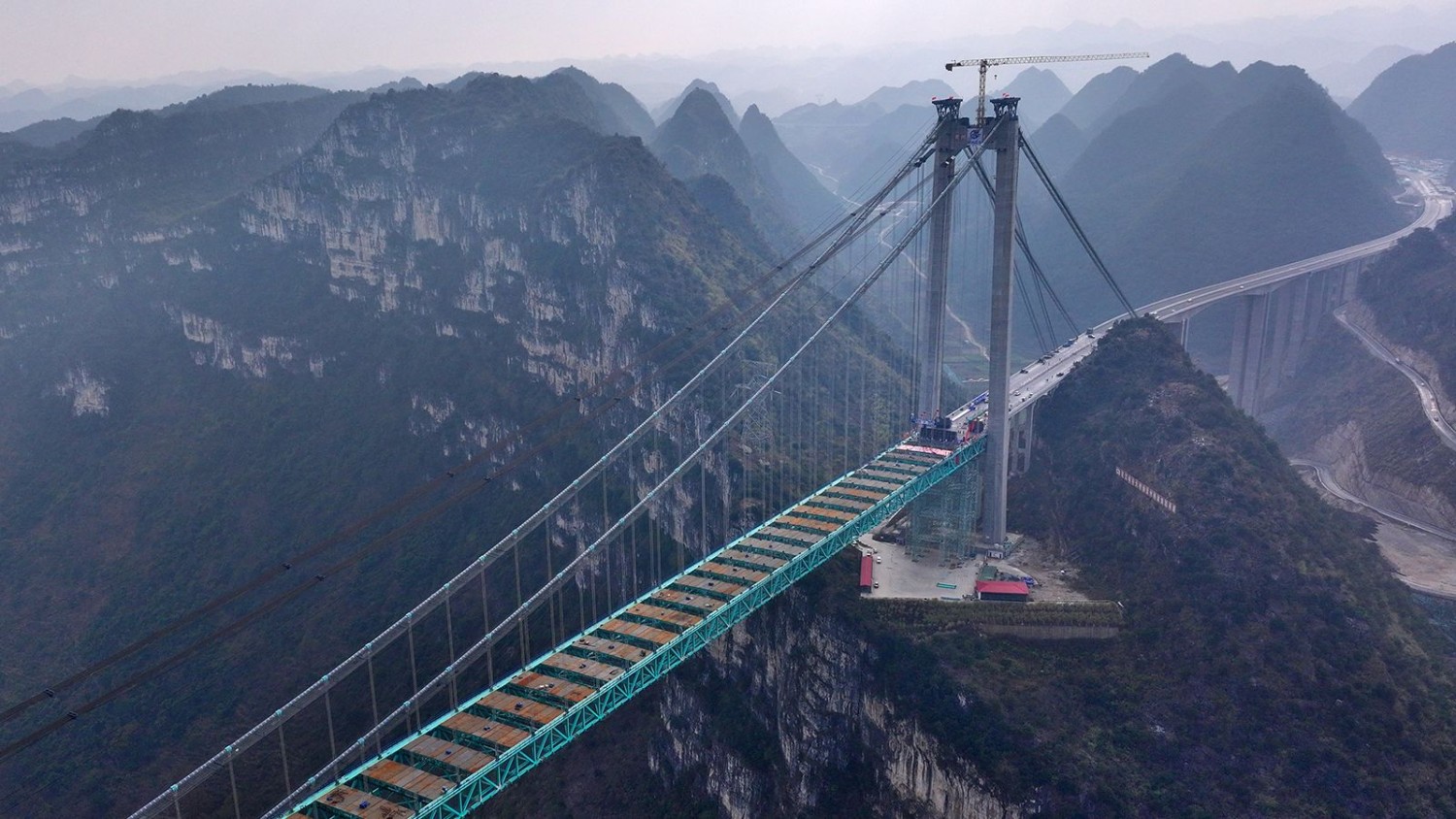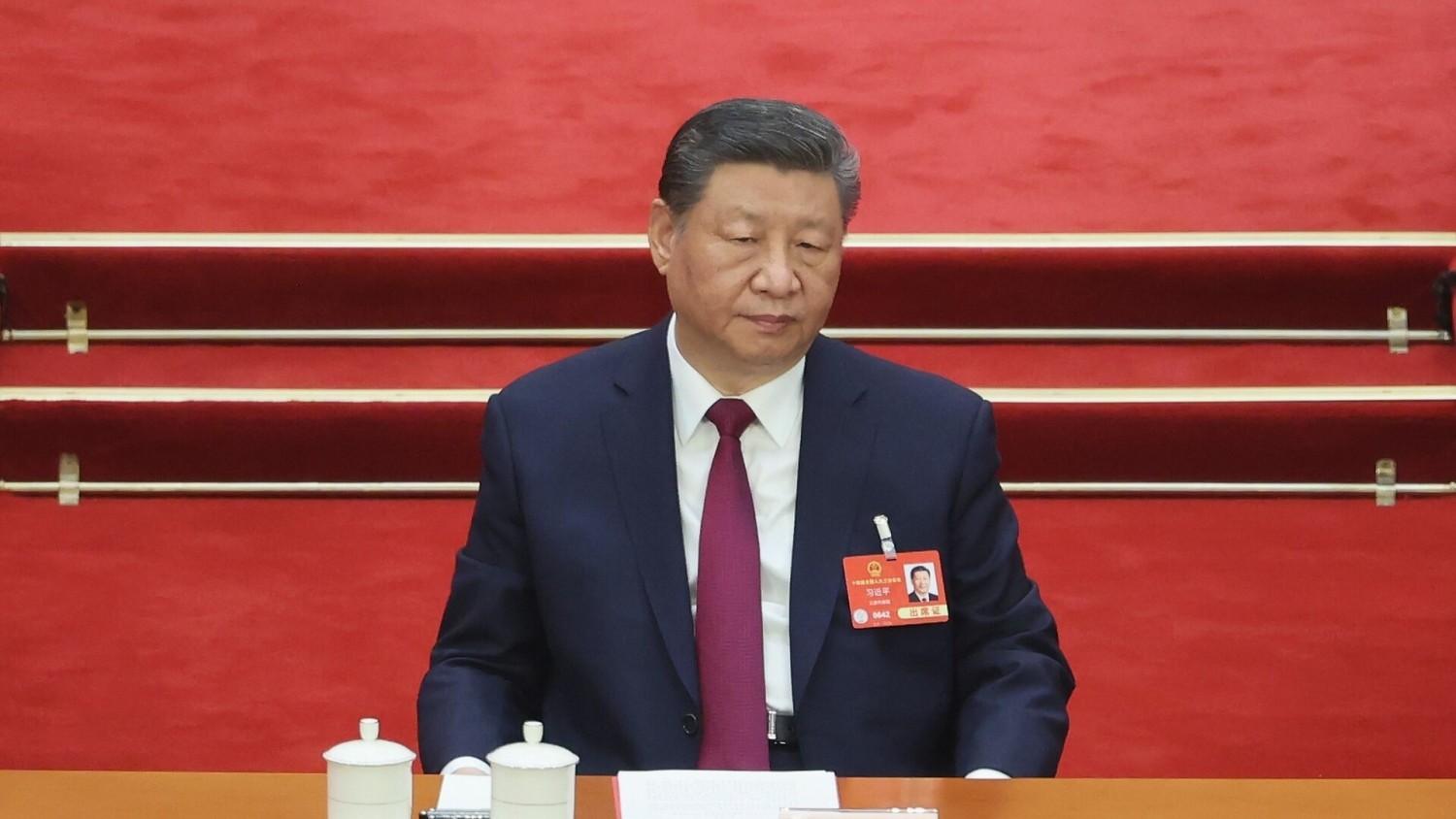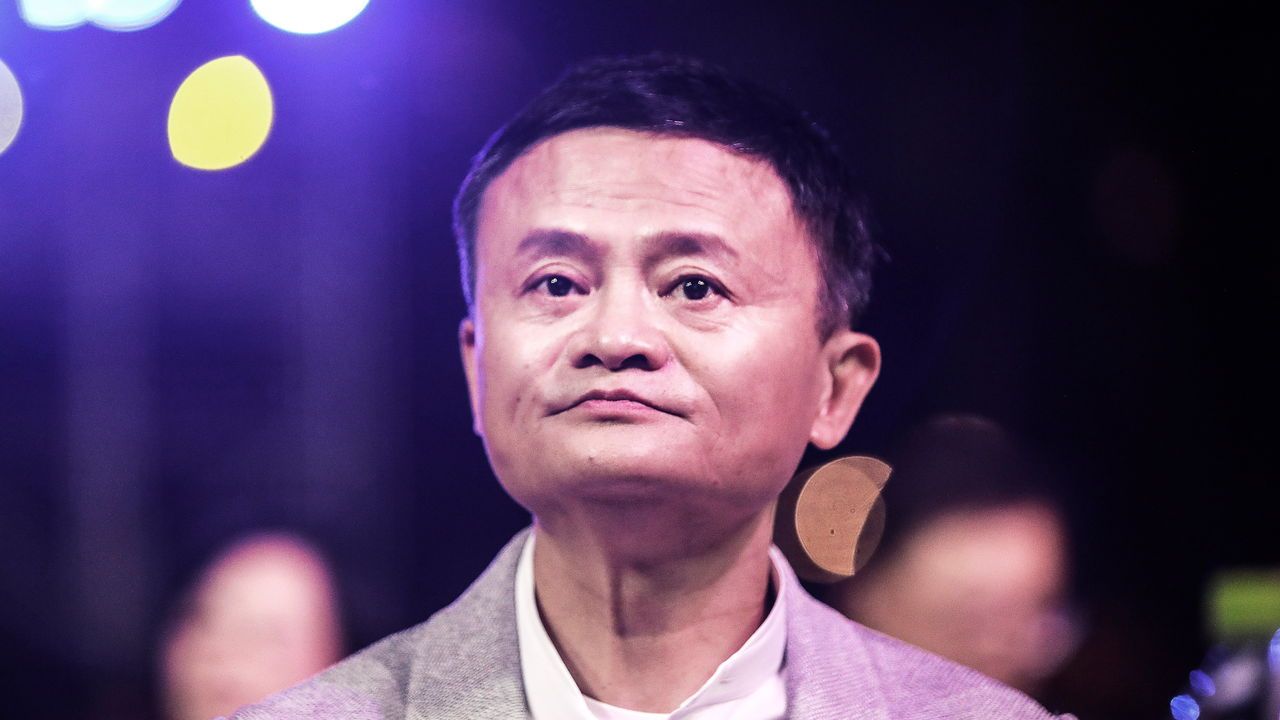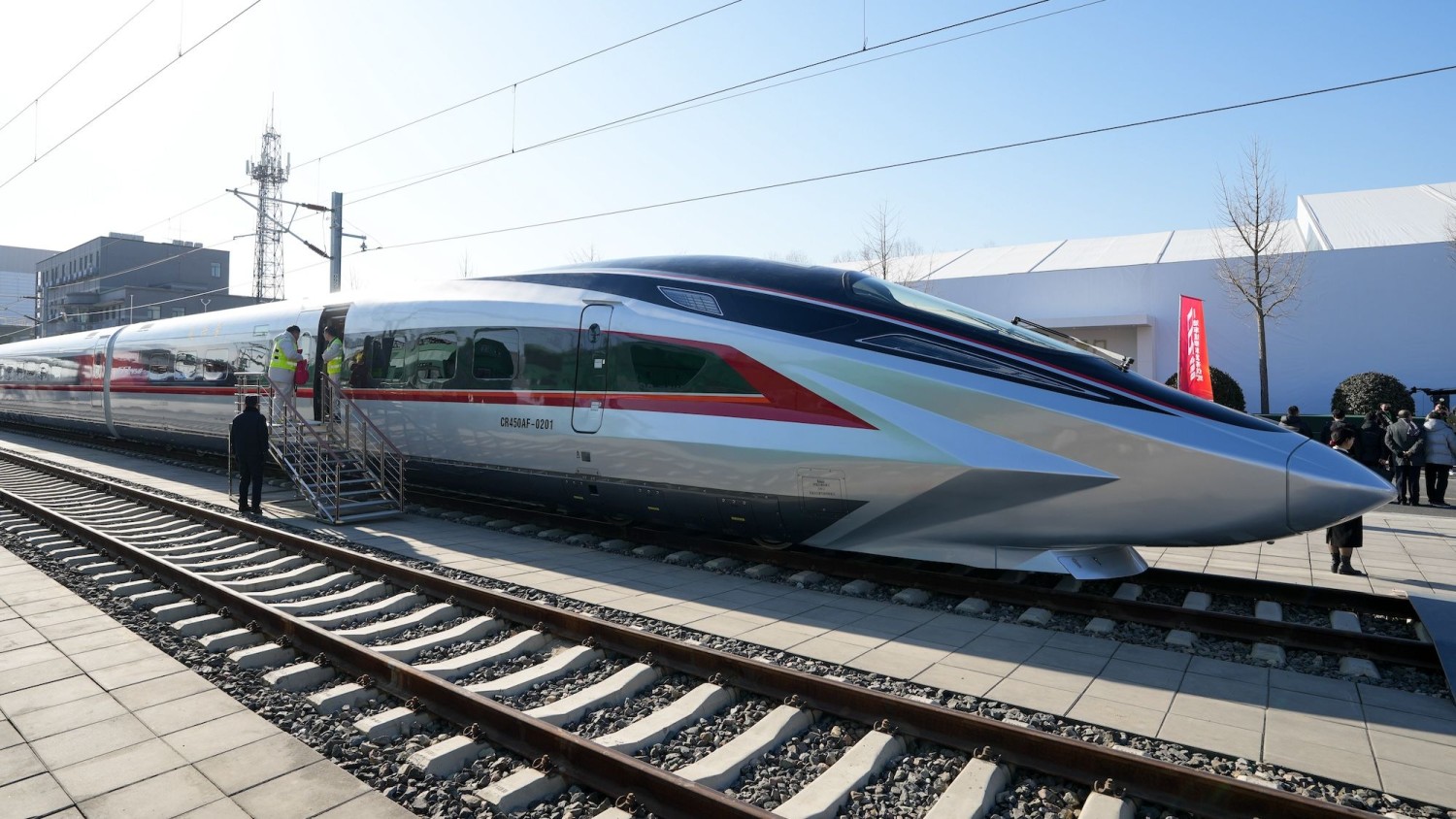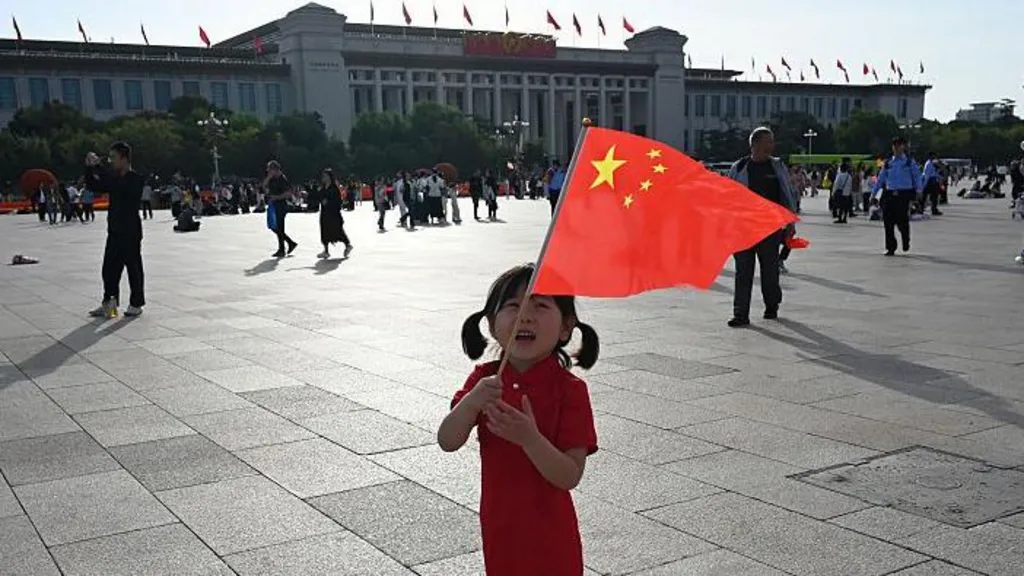
This article is more than
9 year oldChina gives first glimpse of its J-20 stealth fighter jet, but how does it compare?
It was the first time China has given the world a glimpse of its new generation stealth fighter jet.
The warplanes were not announced on the schedule of the air show and appeared in the sky just after a colourful aerobatics show by the People’s Liberation Army Air Force.
With no fanfare but an abrupt announcement by the master of ceremonies, the dark, powerful jets rumbled side-by-side over the sunbathed spectators. Two minutes later one blasted vertically into the sky and the jets were gone.
Developing the sophistication of its aviation technology is a crucial part of China’s push to become a leading military power but there is a reason the country is so guarded about its new stealth fighter jet.
“A lot of the tech involved has gained advantage from a bit of espionage, we’re pretty confident about that,” says Dr John Blaxland from the ANU’s Strategic and Defence Studies Centre.
“It’s not necessarily home grown technology but it’s been pretty quickly developed,” he said.
“I think one of the reasons why they’ve been so coy about showing it is they’re not all that keen to show off its limitations.
“We know for instance that they rely on Russian technology for their engines and that’s because China struggled to develop their own ... It’s a difficult technology to master.”


LOOKS CAN BE DECEIVING
The long-range J-20, armed with air-to-air missiles, performed its first test flight in 2011 and has been the object of feverish attention by aviation buffs.
At least six prototypes have been produced, according to an annual report on the Chinese military issued by the United State’s Pentagon this year.
Outwardly the J-20 jet resembles the Lockheed Martin F-22 Raptor but looks can be deceiving, says Dr Blaxland.
China is desperately trying to catch up to the technological sophistication of the US and emulate other stealth fighter jets such as the F-22 and the joint strike fighter (JSF) or F-35, a fleet of which was recently acquired by Australia in a rather controversial deal. But it is very unlikely the technology in China’s aircrafts can keep up with its competitors owned by the other world powers.
“While it looks the part, what makes the JSF and F-22 what they are isn’t necessarily just how they look. It’s actually the technology embedded in them,” Dr Blaxland said.
These fighter jets effectively act as a node in a network which can tap into a broad spectrum of missile technology, satellite warning systems, direction finding equipment and other supporting facilities.
The top range fighter jets such as the F-35 are not just a slightly brutish-looking aircrafts, they’re extraordinary pieces of cutting edge technology.
“The question is how much does the Chinese equivalent replicate that functionality,” Dr Blaxland said.
Judging by the incredibly brief showing of the J-20 at the Zhuhai event, it’s a question the Chinese government is not particularly keen to answer just yet.
‘QUANTITY HAS A QUALITY ALL OF ITS OWN’
What China lacks in technological sophistication, it could very well make up for in sheer strength in numbers — and it’s a tactic China could employ to expand its dominance in strategically important areas such as the South China Sea.
“There’s a saying in the defence industry business that quantity has a quality all of its own,” Dr Blaxland said.
The translation being that although Chinese aircrafts may be a step or two behind in capabilities, if the country produces a large enough number of them they can potentially match the projected strength of the US and its allies.
“In the calculus that China is working through, I think that is a big factor,” he said.
“If they can mass produce these aircrafts, which they will probably be able to do, then arguably it doesn’t really matter how good the JSF is. If they’ve got a 20 to one ratio advantage, you’re still going to lose.”
In areas of international tension such as the South China Sea, this strategy has profound importance.

“They (China) know that their concern is primarily in and around China and the first island chain where they have the advantage of home turf, where they have the advantage of numbers,” Dr Blaxland said.
In the past few years, China has been steadily working to build facilities along the chain of disputed islands, thus allowing it to incrementally expand the territory where it can wield its potential numerical advantage in air power.
Photos taken of the area reveal major military bases being built by China. The government is adding to the size of the islands and one island in particular known as the Fiery Cross Reef is 10 times the size of any other island in the region and hosts a military base capable of sustaining dozens of aircrafts.
In conjunction with other Chinese military bases being built in the region, China is acquiring a formidable hold on the island chain.
The contention is that China plans to replicate its large base on the Fiery Cross Reef on other islands in the region such as the Scarborough Shoal.
“If China does that, then they have a triangulated system that you can dominate the South China Sea,” Dr Blaxland said. Simply put, it would make the area a very difficult target to neutralise.
“Even if the Chinese aircraft and the other models being developed aren’t as good as the J-22 and the F-35, do you really want to take that on?”
Of course the answer is no and that reality appears to be manifesting itself on the world stage recently as Philippines has notably softened its stance against Chinese expansion in the South China Sea.

China’s only international aerospace expo will continue throughout the week offering residents and tourists the chance to bask in the country’s expanding military ambitions.
The Zhuhai event serves as a stage for Beijing to flex its muscles before an audience of cheering citizens and foreign guests from 42 countries including Russia, Pakistan and Britain.
It has also become a key platform for top global aerospace firms to hawk their wares for a share of the booming aircraft market in the world’s second-largest economy.
China is projected to become the world’s largest aviation market by 2024, according to the International Air Transport Association.
President Xi Jinping has declared aerospace one of the target industries for his “Made in China 2025” plan to make the country’s firms capable of dethroning foreign competitors in high-value manufacturing and services.
— with AFP

